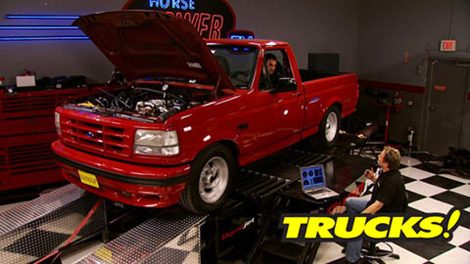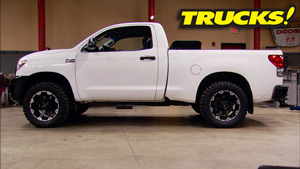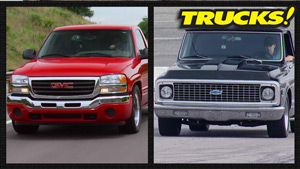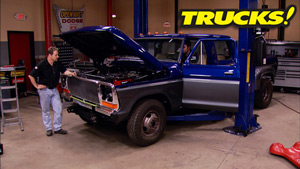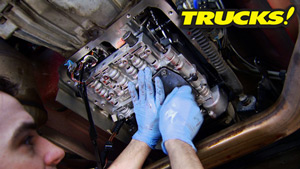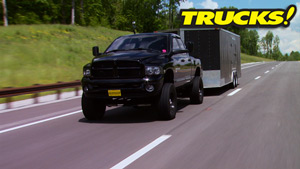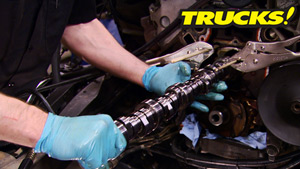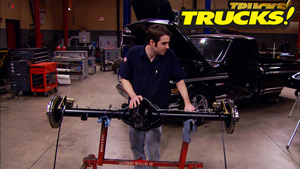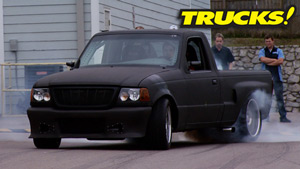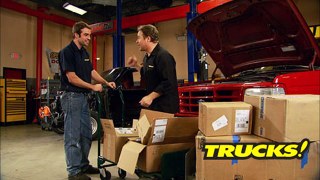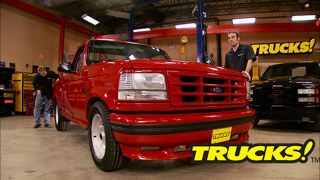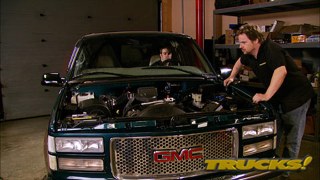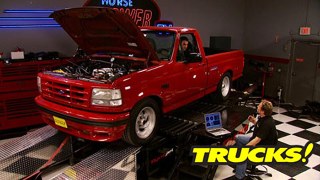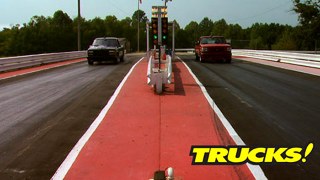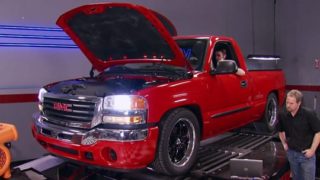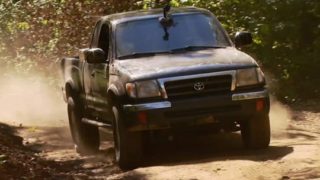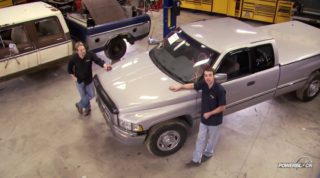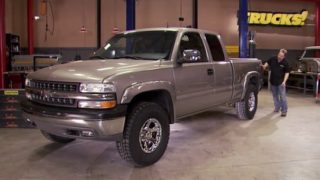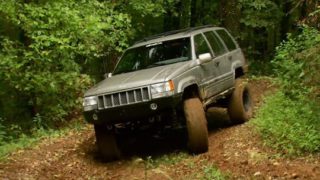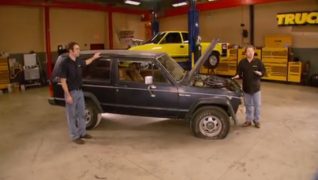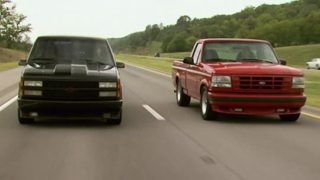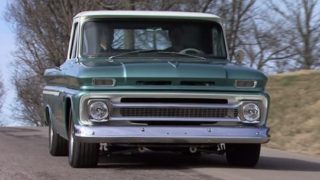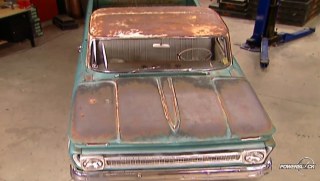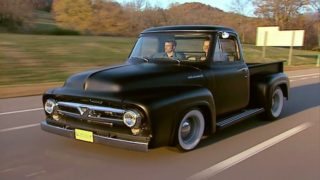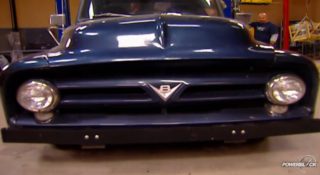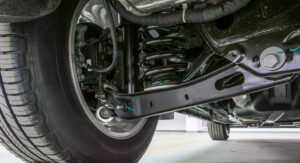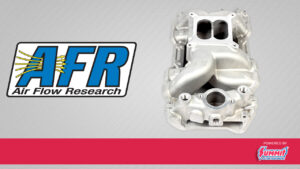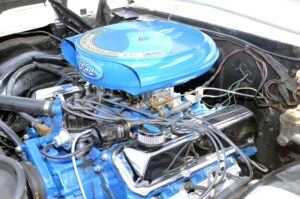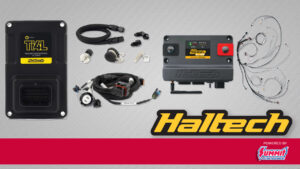More "MuscleTrux Wars" - '90 Chevy 454 SS vs. '94 Ford Lightning Episodes
Trucks! Builds
Want more content like this?
Join the PowerNation Email NewsletterParts Used In This Episode
American Racing
18X8 Polished Torq-Thrust II, 18X10 Polished Torq-Thrust II, 5x5 B.C. 4.5" B.S.
Dunne-Rite Performance LLC
Mass Air Flow Conversion with stand-alone engine controller.
Dynojet Research
Chassis dyno.
DynoSpeed Racing, Inc.
Assisted with tuning and calibrations with SCT Flash software.
Edelbrock
Pro-Flo EFI setup with manifold and calibration chip upgraded to Pro-Flo 2, hydraulic roller lifters, hydraulic roller camshaft, exhaust headers, gasket kit set, timing set, head bolts, intake bolts, heat treated pushrods, aluminum cylinder heads.
Goodguys Rod and Custom Association
The Goodguys Rod & Custom Association promotes and produces some of the world's most dynamic automotive events.
Goodmark Industries
Steel cowl induction hood.
Holley
255 LPH Forced Induction electric in-tank pump EFI.
Mothers Polish
Mother's Professional Compounds, Heavy duty rubbing compound, Foam polishing pads, Machine glaze, Hand glaze.
MSD Ignition
MSD 6-A ignition box.
Optima
Optima Yellow Top battery.
Robert Bosch LLC
Aftermarket fuel injector set.
SCT Flash
Pro Racer 3.0 key kit, USB chip programmer, four program four bank chip, SCT cable only, SCT switch only.
